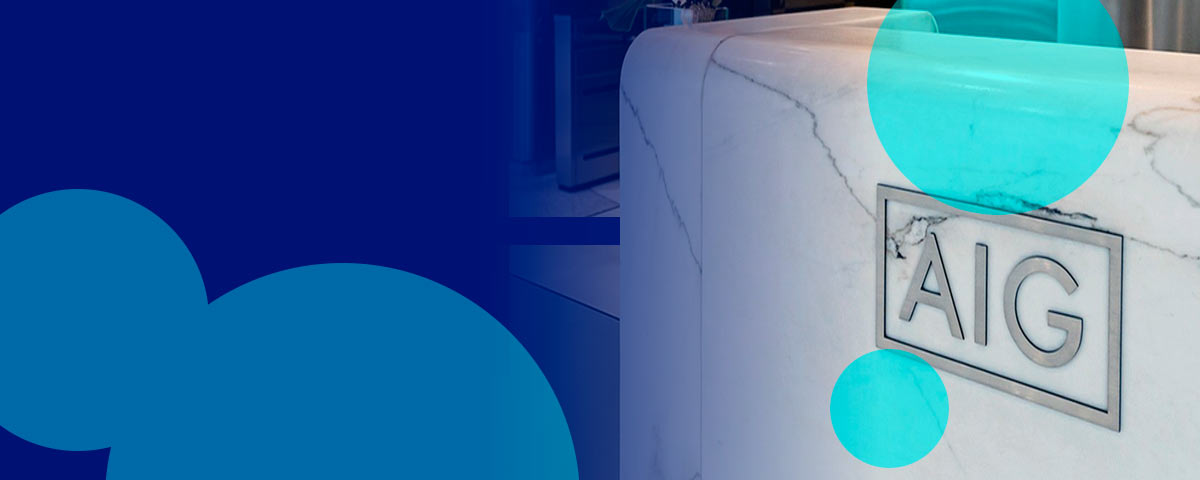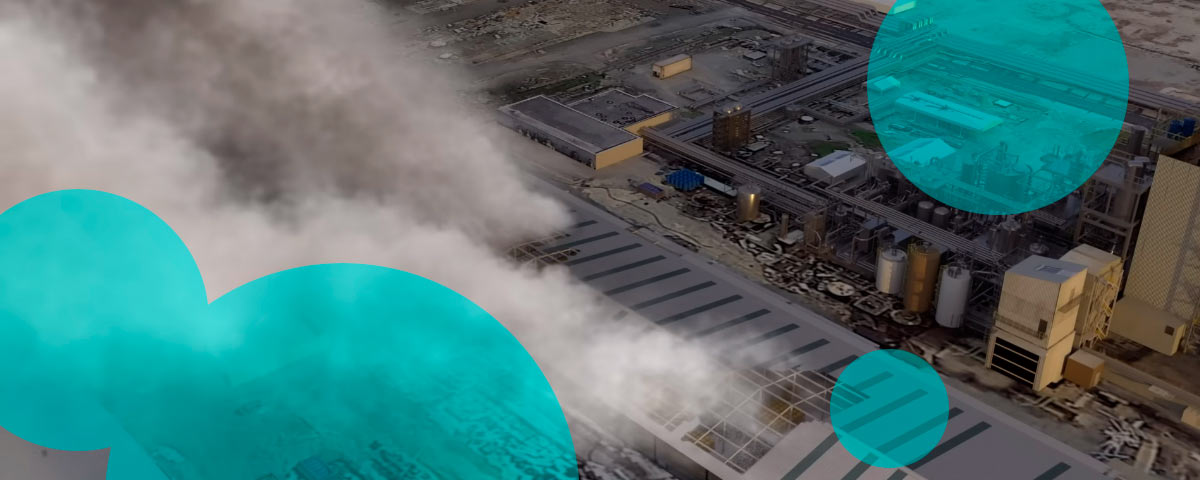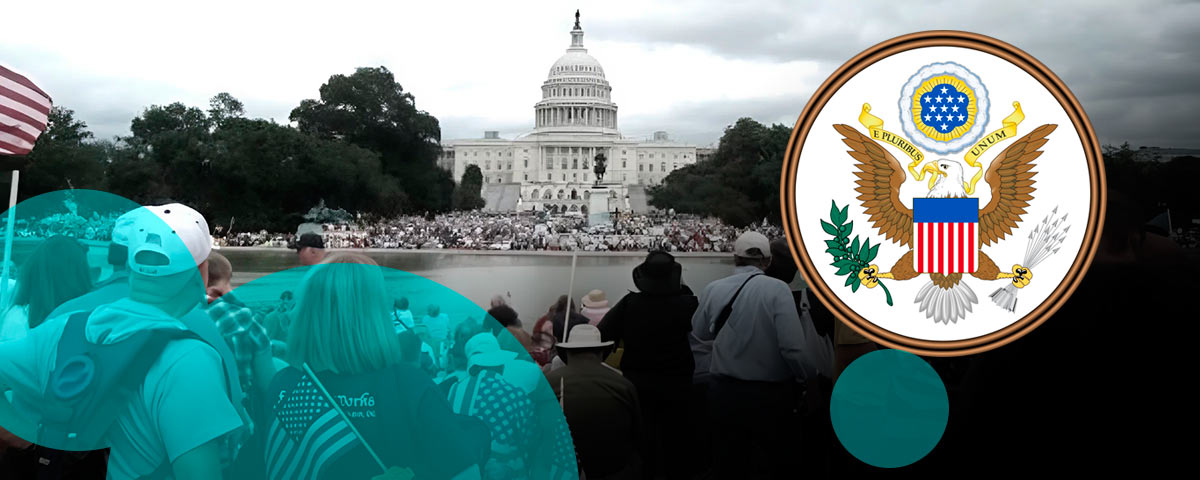Insurance used to sell peace of mind. Now that peace shows up in milliseconds, or it doesn’t show up at all. When someone files a claim, they aren’t comparing their carrier to other insurers.
They’re comparing it to every digital touchpoint they use daily, where cash moves instantly and options feel unlimited. If the payout drags, the brand takes a hit, no debate.
Environmental and economic pressure crank that urgency higher. Catastrophic weather pushes claim volumes up. Policy shopping spikes and turns retention into a knife fight.
Meanwhile, satisfaction metrics flash warning lights. Around 38% of auto policyholders now sit in the lowest satisfaction tier.
Only 51% of high lifetime value customers say they “definitely will” renew. These are the long tenure, multi policy, higher premium customers insurers can’t afford to lose, and they’re wavering.
The industry’s math shifted. Affordable coverage brings people in, but fast claims keep them. Forty six% of claimants rank payment velocity as their top priority, ahead of convenience or choice or anything else that used to matter in glossy brochures.
For catastrophic claims, the message sharpens: 51% of policyholders put quick payout at the top of their list during severe weather losses. You don’t need a focus group to read that room.
The technology story isn’t theory anymore; it shows up directly in how insurers push money out. Sixty% of consumers receiving instant disbursements prefer push to card.
Digital wallets follow at 56%, then instant bank deposits at 50%. You can map the trend without a spreadsheet. Instant rails aren’t futuristic ideas.
They’re baseline infrastructure customers assume you already built.
People even show what that speed is worth. Nearly one in four customers getting payouts between $500 and $1,000 say they’d pay a fee for instant access.
That’s real money attached to urgency, not a hypothetical survey answer. Maybe it feels strange, but it’s the clearest signal the market has sent in years.
Insurers sticking to paper checks or clunky batch systems don’t just move slow. They chip away at their own loyalty metrics.
The next fight for market share won’t hinge on pricing tiers or policy wordings. It’ll happen in a tiny window of time right after a loss. Seconds decide whether a customer stays or walks. And, according to our analysts, that window keeps getting tighter.









